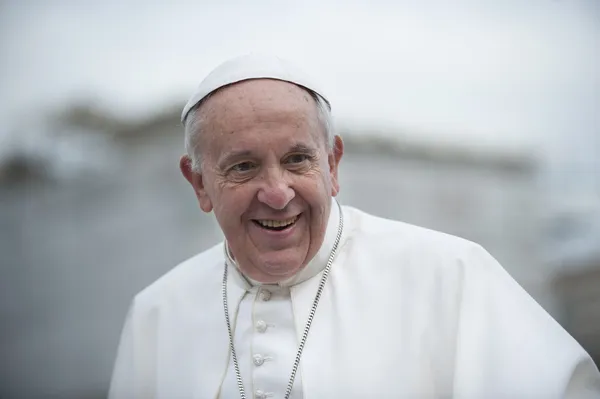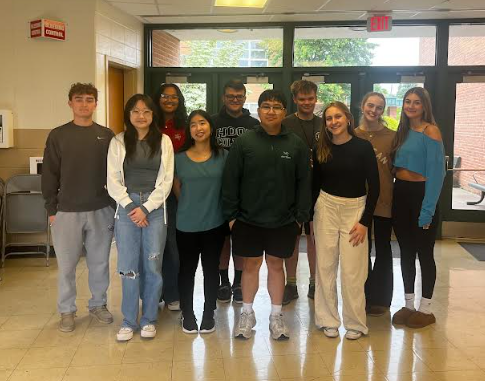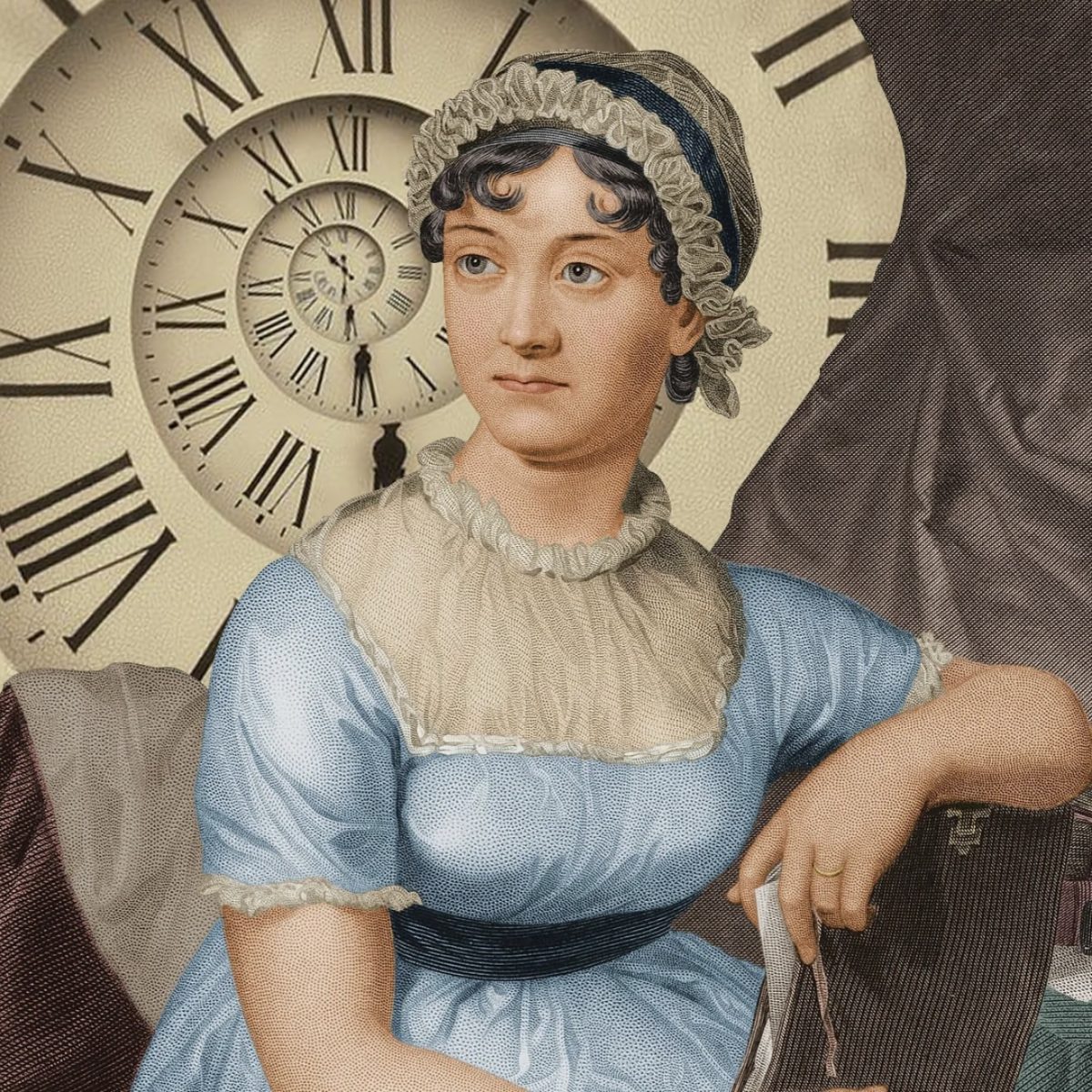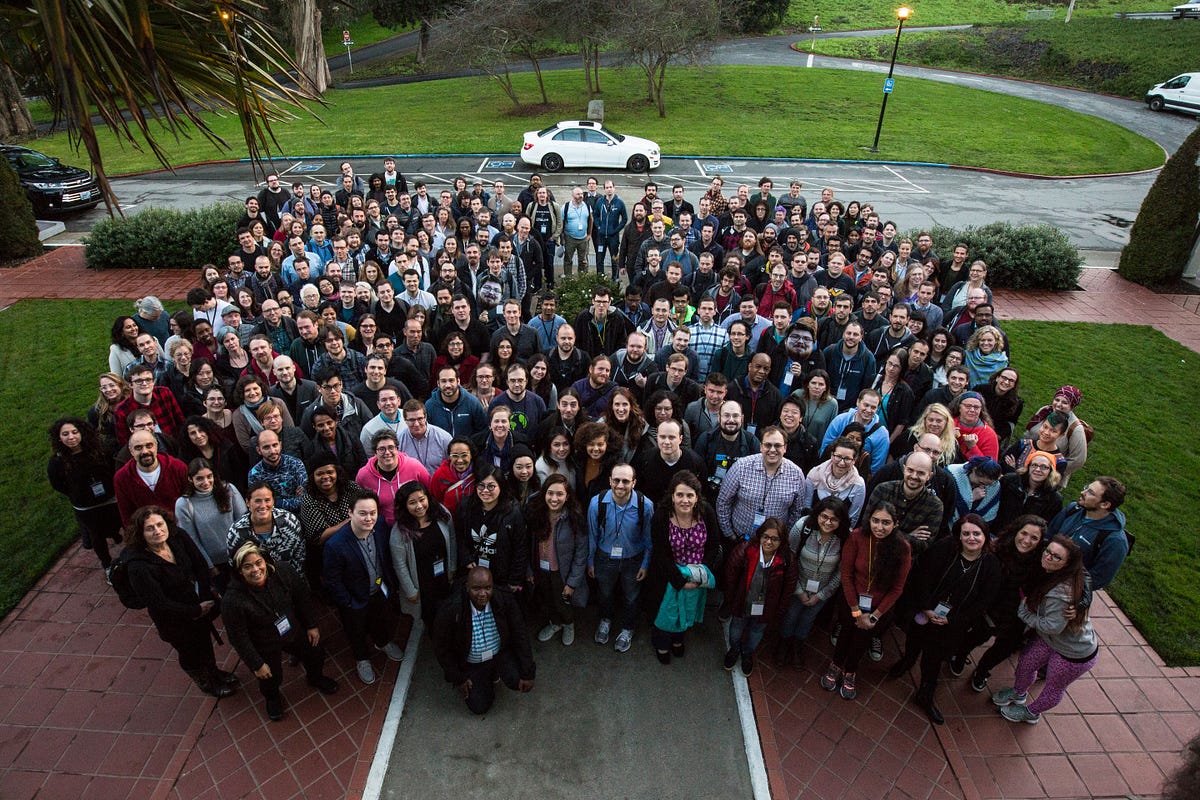Earth Day, on April 25, is an annual celebration of the earth itself and a reminder to keep it clean. But, how did the holiday start? And what was its catalyst?
On Jan. 28, 1969 off the coast of Santa Barbara, California an oil drill drilled by Union Oil broke and spilled out 3 million gallons of oil and killed many of the surrounding sea life. This incident sparked national response in the US and especially caught the attention of many including US Senator Gaylord Nelson. After the oil spill he proposed to hold environmental teach-ins across the nation, a lecture given at colleges with a goal of being participatory and encouraging questions. To help with the project he hired a young activist named Dennis Hayes to be the national coordinator of the event.
They quickly ran into many problems, one of the most major was that teach-ins were a forum for debate. Teach-ins started as a way to protest and debate about the Vietnam War and importantly not all students were pro or anti-war, rather a mix of both were present.
On the other hand, when trying to organize an environmental teach-in nobody was against not harming the environment. Around this time Hayes got in touch with Julien Koenig, a major ad campaign creator who volunteered to help come up with advertising the teach-ins. Koenig came up with multiple drafts and out of all of them there was one that both Koeing and Hayes agreed was the best, “Earth Day” and ditched the teach-in concept all together.
In spite of this, they still weren’t able to get college students to care about the proposal, the group they desired the most support from, as the many who would be in the position to care about such a topic were more focused on trying to end US involvement in the Vietnam war. Struggling with getting support from college activists, Hayes noticed something as he reviewed letters Senator Nelson received about Earth Day, almost none were for college students. Instead, a lot of them were from school teachers. From this realization instead of focusing on colleges instead it would be more effective to make it a community focused effort. By April of 1970, 10,000 schools had organized activities for Earth Day.
Earth Day was a lead reason for the massive amount of environmental legislation established in the 1970s starting with the clean air act. Then in 1990 Hayes established the event Internationally in over 100 countries. Finally in 2016 the UN signed the Paris Accords with the goal to reduce greenhouse gas emissions by 50% by 2030. Earth Day to this day is still held every April 22 with each year having its own theme. the 2025 theme “Our Power, Our Planet” with the goal to triple global clean electricity generation by 2030.




















